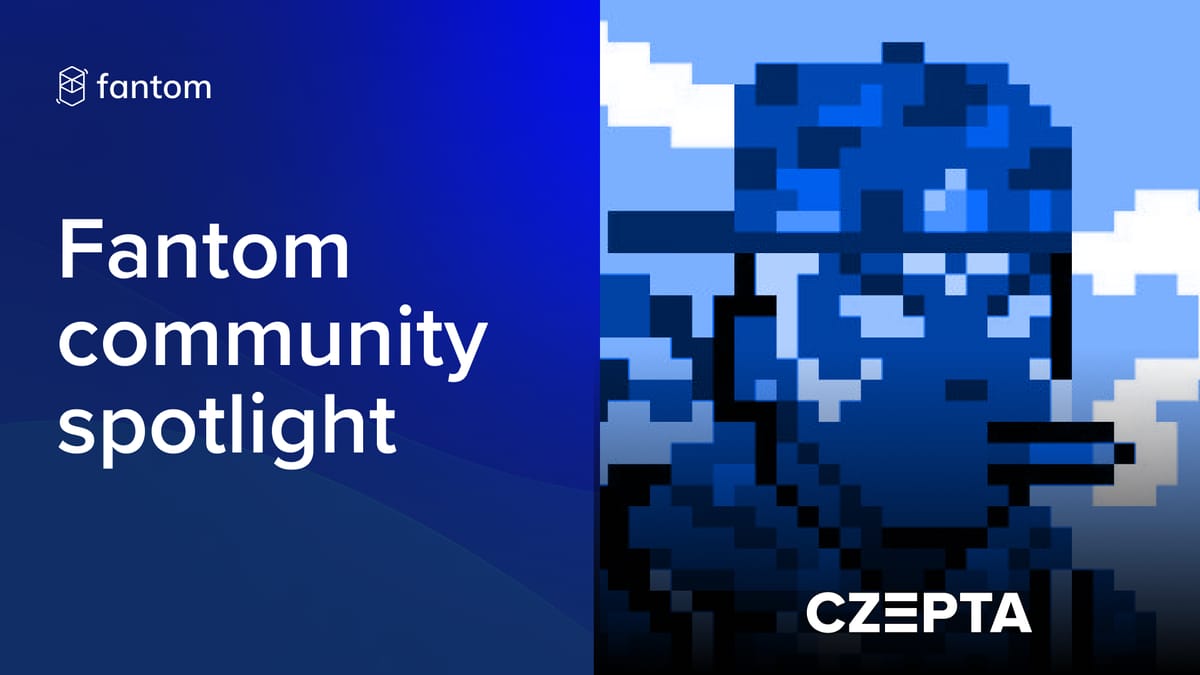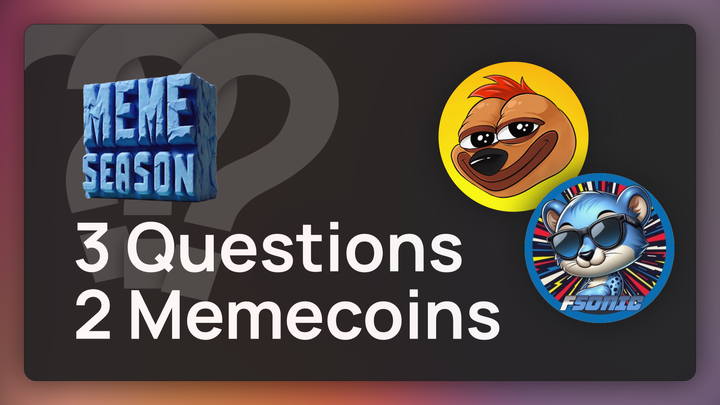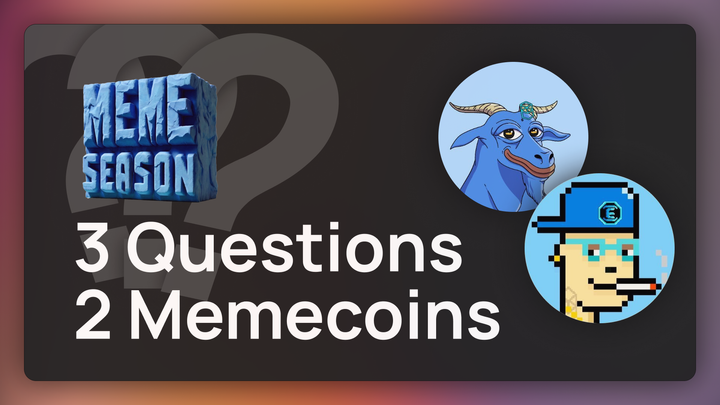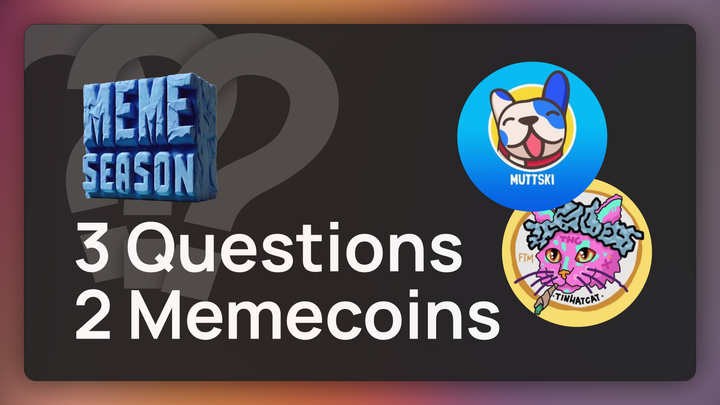Fantom Community Spotlight - CZΞPTA

Fantom’s NFT art scene is packed with talent, art lovers, and a sense of deeply rooted collaboration. If you haven’t experienced it yet, it’s time to take a dive into its Discord underworld. Imagine taking the vibrancy of a popular street art district, combining it with the euphoria of a music festival, and injecting that into internet subculture: that’s the NFT art scene on Fantom.
Read on to learn more about CZΞPTA, a lifelong artist and passionate contributor to the space.
What brought you to web3 and NFTs?
I’m originally from New Zealand, and I’ve been an artist my whole life—I’ve been doing this professionally for over 10 years now. I started off as a 2D animator drawing cartoons, then moved onto working as a storyboard artist in film and television for projects such as Spartacus and Evil Dead.
At some point, I went traveling and took a break from doing commercial illustrations and tv work. During that time, I worked as a freelance game development artist, and that included building my own indie game.
Then I heard about NFTs. At first glance, it seemed all of the art was 1 of 1 pieces by big name artists. I didn’t see an opportunity in it for me, so I kept doing my freelance and dev work.
Then a friend told me about an auction house called Tombheads, which is a Fantom community Discord.
At that point, I didn’t even know what web3 or Metamask was. But when I logged in and watched an auction, I was blown away by the energy. I’d never seen anything like that— people bidding on art, in real time, on a Discord server.
I felt inspired, so I started doing some research. My first collection was Fantom Underworld which I launched on PaintSwap: I couldn’t believe how much $FTM I made from my sales and the enthusiastic reception from the audience. From that point on, I dropped everything else and went full time into making NFTs.






How would you describe the concept of a NFT to a newcomer, and how has that understanding evolved over time for you?
At a high level, it’s just a tradable token—a smart contract—that happens to have a piece of art attributed to it. A lot of people think the art itself is the NFT, but that art can be distributed freely. In other words, the JPEG itself isn’t non-fungible, because it can be right-click-saved. It’s the ability to trade and monetize the underlying verified contract that makes it a NFT.
The first NFTs I ever saw involved some gatekeeping; they required artists to have some sort of invitation to create a NFT, and artists had to pay a lot of ETH to mint them. Then it would just sit on a marketplace, with no guarantee it would ever get picked up or recognized.
Then I came across collections like Bored Ape Yacht Club and CryptoPunks. That was the first time I heard about generative art NFTs; I was already making character generators in Unity, so it piqued my interest. I also enjoy the development side of things involved in making generative art.
I saw NFTs as the future of art, and also as the future of culture at large. I got started on Fantom and that’s where I’ve remained—the first NFT I ever made was a Pepe piece for a Tombheads auction.
What types of opportunities did NFTs unlock for you?
There’s a massive advantage in being able to go direct to your audience and eliminate the middleman. In the game development world, for example, if you’re not on the Steam marketplace then you don’t really even exist. And if you try going directly to your audience, you have a very limited reach.
Before the rise of NFTs, most artists survived on small commissions or freelance work. Very few were able to live off making their own work. Historically, it’s been difficult to monetize your art, but NFTs invite all kinds of buyers, including retail speculators, to participate in the art market.
You can now make the art you actually want to make, rather than the art you’re being commissioned to make—you can finally take charge of your artistic journey.
There’s a market out there for it; you just need to take the time to learn about the space.
Who’s your audience?
NFTs have rekindled a love of art for many people. I often hear people in the Fantom space express that they were never interested in art before they discovered NFTs. A lot of the people that are buying my art come from the DeFi space, and they initially see it as a trading opportunity. But once they start trading and minting NFTs, they start to develop a genuine appreciation for the art itself.
A lot of the traditional art world is still opposed to NFTs, and that’s generally because they don’t understand them or the concept of digital ownership. There’s a lot of misinformation about what a NFT is and how it’s created.
Additionally, many artists aren’t technically-minded, and can feel intimidated by the intricacies of smart contracts and blockchain technology.
In this new world of art, there’s an openness and willingness to embrace all kinds of art. People find value and beauty in works that might not necessarily take the same level of skill to develop as other pieces. At the end of the day, there’s value in all forms of art, regardless of who made it, their skill level, or their years of experience.
For those artists that are curious about getting started, I’ve set up a community called Southern Empire with my friend LIMITBRΞAK. The goal is to provide guidance for artists who want to learn about NFTs, and a safe place to ask questions and learn. We hold daily art livestreams, so feel free to stop by!
What’s it been like building a community around your art?
It happened very organically. I didn’t expect my art to resonate with so many people, but I learned that if you can identify your audience and speak to them through your art, you start to build real relationships with your supporters.
Fantom Underworld, for example, is a collection I’ve been working on which functions as a sort of visual documentary on what’s going on in the Fantom ecosystem. I learned that a lot of my audience consists of DeFi users who have certain tokens and teams they are passionate about; whenever they see their community referenced, it resonates strongly with them.
What’s next for Southern Empire?
We recently launched our first generative collection, “BitShadowz,” which sold out in one hour! We view NFTs as a medium to push our art and explore new creative methods.
As we progress, we’re going to be launching more collections. The next collection will be “Shadowz,” which we’re planning to launch in May 2022. I want to explore storytelling and narrative through the lens of NFTs, and comics is one of the mediums I want to explore.
What’s it been like launching your art on Fantom?
From a technical perspective, it’s such a smooth experience using the Fantom blockchain. It’s fast, and it costs almost nothing to use. I’ve only heard stories about what it’s like compared to Ethereum, and it makes Fantom sound like a dream.
As far as the Fantom community goes, the NFT space is very unique. It’s very tight-knit, supportive, and we’ve got tons of great artists who are open to collaborating together and trying new things. I don’t see myself going anywhere anytime soon.
Who are some upcoming artists and art communities on Fantom to keep an eye out for?
There’s so many talented artists and welcoming Discord communities, it’s impossible to name them all. But here are a few as a starting point for exploration:
TeensOnAcid
LimitBreak
Clokkworky
Zvonarka
Bot Boy
Shplarg
Flamingo Social Club
Any particular message you’d like to share with NFT artists getting started on Fantom?
Dive in and learn as much as you can. If you’re able and interested, get familiar with the technical side of things as well; knowing this part gives you a lot of freedom with experimentation.
For the art collectors, speculators, buyers, and admirers: thank you for your support, and keep an eye out for emerging artists that are doing unique things.



